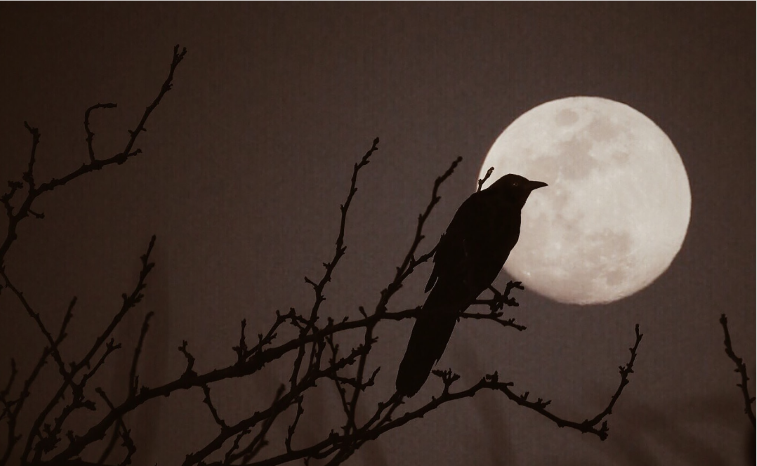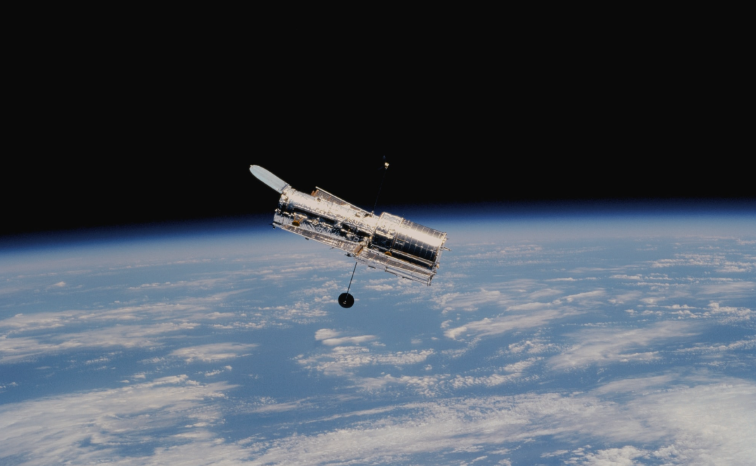Folks, we have a Full Moon

This morning the entire half of the Moon visible to us was illuminated by the Sun’s rays. We say that the Moon is “full”. At that moment, we were 391,004 km away from our natural satellite.
For decades man has been looking at the Moon from the Earth’s surface. Only a few hundred “privileged” people have directed their gaze towards this distant body from low Earth’s orbit, only about four hundred kilometers above us. A celestial body on which we once walked.
Not to dwell on the past, let’s say that if everything goes according to plan, we won’t have to wait long for a view of the Moon from its immediate vicinity, its low orbit.
Four NASA astronauts will head to the Moon in November 2024. The Artemis II mission will take humans far from Earth. For the first time since 1972!
Three Americans (Reid Wiseman, Victor Glover and Christina Koch) and one Canadian (Jeremy Hansen) were chosen as the first humans in a new attempt to go beyond Earth.
“Moon sufferers” have the unwritten right to freely attribute restless sleep, bad dreams, headaches and similar discomforts to the full moon.

Before man discovered that he could influence the darkness of the night in various ways, the sleep-wake cycle was completely subordinated to the natural change of light and darkness. At that time, the moon was an important source of light.
However, it is certain that during the full moon, millions of people will be distracted by things they would otherwise not notice, they are tired and exhausted, they need sleep, but despite this – they cannot fall asleep and sleep continuously. A real annoyance!
If you’re one of them, try outsmarting this phenomenon with a little trick. Darken the bedroom or move the bed away from the window, so the moon can’t shine directly on you. Maybe you will at least soften its influence a little.
Keep in mind that the belief that the moon has a special power has been preserved in folklore for centuries. Numerous myths, legends and prejudices testify to the relationship with man and nature.
One thing is certain – during the full moon, people are definitely more sensitive, so try to keep a cool head.
If you need a distraction, why don’t you try reading more about the universe on our blog?
Two space stations passed through our sky
On March 19 we had a rare opportunity to see two permanent human habitats in space pass through our sky, almost simultaneously. The Chinese space station arrived first, followed by the International Space Station.
Not long after sunset in the west, we first noticed the bright planet Venus, a few minutes later Jupiter also become visible, which is now much closer to the horizon line. The sky became darker and more colorful. And then the Chinese first entered the scene.
Their orbital station (CSS) was visible for around six minutes. It was easy to spot it at the beginning of its visible path in the sky, slightly south of Venus. Its maximum brightness corresponded to a 0.1 mag star.

A few minutes later, in almost the same place (slightly south of Venus), the International Space Station (ISS, ISS) appeared. It was also visible for the span of six minutes and the maximum brightness corresponded to that of a star brightness -3.5 mag.
The Chinese station made its way to the southeast and the international station to the northeast. Keep in mind that a simultaneous passage of CSS and MKS is quite rare!

